Smart anglers layer their clothes to meet the challenges of ever-changing conditions, whether they’re on a trout stream on a moody May evening or standing knee-deep in a steelhead river on a chilled October morning that turns into a blue-bird afternoon. Finding the right clothing “cocktail” can be a challenge, given just how frequently Mother Nature changes her mind.
Skwala Fishing, the Montana-based softgoods manufacturer, hopes to make this tight-rope endeavor a bit easier, and it has expanded its Thermo line of Merino layer wear to do just that. The new line includes the new Thermo 260 bottom, the Thermo 260 top, and the Thermo 350 vest. The new items supplement the company’s line of layer wear intended to help anglers stay warm while fishing in the elements. And, as fall weather slowly starts to deteriorate into winter, the timing of the new line’s launch is palpable.
“Merino is one of the most versatile textiles we can put on the water,” said Skwala Founder and CEO Kevin Sloan. “It keeps you warm when wet, resists odor naturally, thermo-regulates body temperature and feels incredibly soft against the skin.”
The idea behind the three new Merino-built garments, Sloan said, is to allow anglers to better construct the layers they’ll need for specialized situations, “whether that’s an October morning frost, or a week-long trip deep into winter.” It makes sense, and for Skwala customers already sold on the company’s Thermo Merino layer wear, the new products should mesh quite seamlessly with their existing gear, and with each other.
The new Thermo 260 top ($149 retail) is a midweight, quarter-zip Merino base layer that could also double as a stand-alone shirt on warmer days (the whole idea here is for anglers to be able to add layers when the weather demands its, and peel layers off if things are too warm). Either way, the top is designed to be worn next to the skin, and it’s built using a double-jersey knit, so it both stretches and conforms to the wearer’s upper body. It boasts an extended collar for warmth, and thumb loops to reduce wrist and hand exposure to the elements.

The Thermo 260 top is meant to be paired with Skwala’s Thermo 260 bottom, a mid-weight Merino base layer for the bottom half. Retailing at $129, the Thermo 260 bottom is ideal for wear under waders or heavier clothes, and Skwala says it offers the “perfect balance of warmth and breathability.” The bottom layer has an “athletic” cut that allows for good mobility, and includes a stretchy waistband and a fly for practical use when nature calls and the waders or outer wear have to come off for a bit.
Finally, the company unveiled its new Thermo 350 vest (retail $189, pictured at top), that offers a heavier layer designed to keep the body's core warm, all while keeping things generally streamlined. The new vest would go nicely above Skwala’s new Thermo 260 top, or the company’s existing Merino outwear, like its Thermo 150 hoody or its Thermo 260 zippered top. As noted, the Thermo products are built to pair nicely with one another, or give anglers some options when it comes to constructing a layered clothing system as they prepare to hit the water in cool or cold weather.
Skwala says its Merino line is constructed with spun wool from “the longest, hand-selected raw wool fibers from New Zealand sheep,” which, it claims, produces a product that offers both warmth and comfort, along with minimum moisture absorption and solid insulation. Or, as Skwala says in its Thermo marketing materials, in much more plain terms, “sheep don’t get cold, and neither should you.”
The three new garments round out a solid offering of comfortable and warm Thermo-branded layer gear for anglers who deal with the elements on a regular basis. The Merino product is a proven winner across markets, and Skwala’s use of the material as a shoulder-season option or as a full-on winter underlayer is a thoughtful and practical approach.







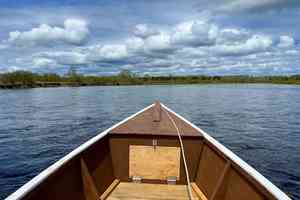
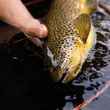



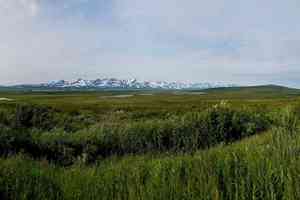


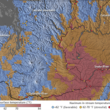
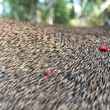





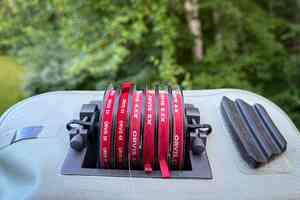

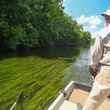


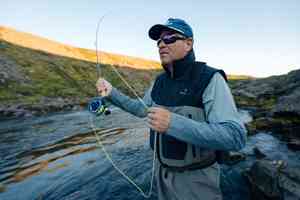




Comments